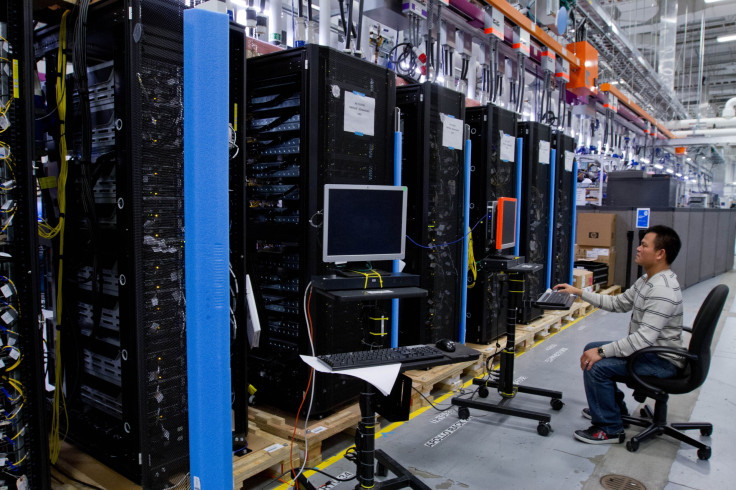Public Cloud Adoption Set To Grow Six Times Faster Than Overall IT: IDC

Adoption of the “public cloud” IT model, which means the practice of renting hardware and software from vendors by companies and organizations rather than install their own private gear, will grow about six times faster than the overall IT market through 2018, researcher IDC forecast on Monday.
This is a faster rate of adoption relative to the growth of the overall IT market in a rolling five-year period. Last September, IDC had estimated that the public cloud will grow five times faster between 2013 and 2017.
Spending on public IT cloud services will reach $56.6 billion in 2014 and grow to more than $127 billion in 2018, IDC said in a release on Monday. In 2018, public IT cloud services will account for more than half of the growth in spending on worldwide software, server and storage services.
The adoption of “cloud first” strategies by both IT vendors expanding their offerings and IT buyers implementing new solutions, is one of the factors for this accelerated growth, IDC said. “Cloud services market is now entering an innovation stage that will produce an explosion of new solutions and value creation on top of the cloud.”
Internet search giant Google Inc. is ramping up its own cloud offerings to compete with market leader Amazon Inc. while a host of startups too are in the fray, notably Dropbox Inc. These companies target different market segments, such as renting out storage, software, computer networks and IT infrastructure, to both companies and individuals.
Microsoft Corp. with its strong corporate business focus, has its own offering, called Azure, and the company is expanding into markets such as India, where it has committed to building local data centers by 2015 to sell its cloud services.
Cloud services provide greater mobility and the ability to perform tasks on smartphones and mobile devices, which would earlier have required the use of personal computers. This trend is also blurring the lines between the use of personal and work devices, and in turn, affecting how companies build their cloud offerings and engage developers to build attractive apps.
"Over the next four to five years, IDC expects the community of developers to triple and to create a ten-fold increase in the number of new cloud-based solutions," said Frank Gens, senior vice president and chief analyst at IDC, in the report. Gens also expects that this growth will see “unprecedented competition and consolidation” among leading cloud providers.
© Copyright IBTimes 2025. All rights reserved.




















